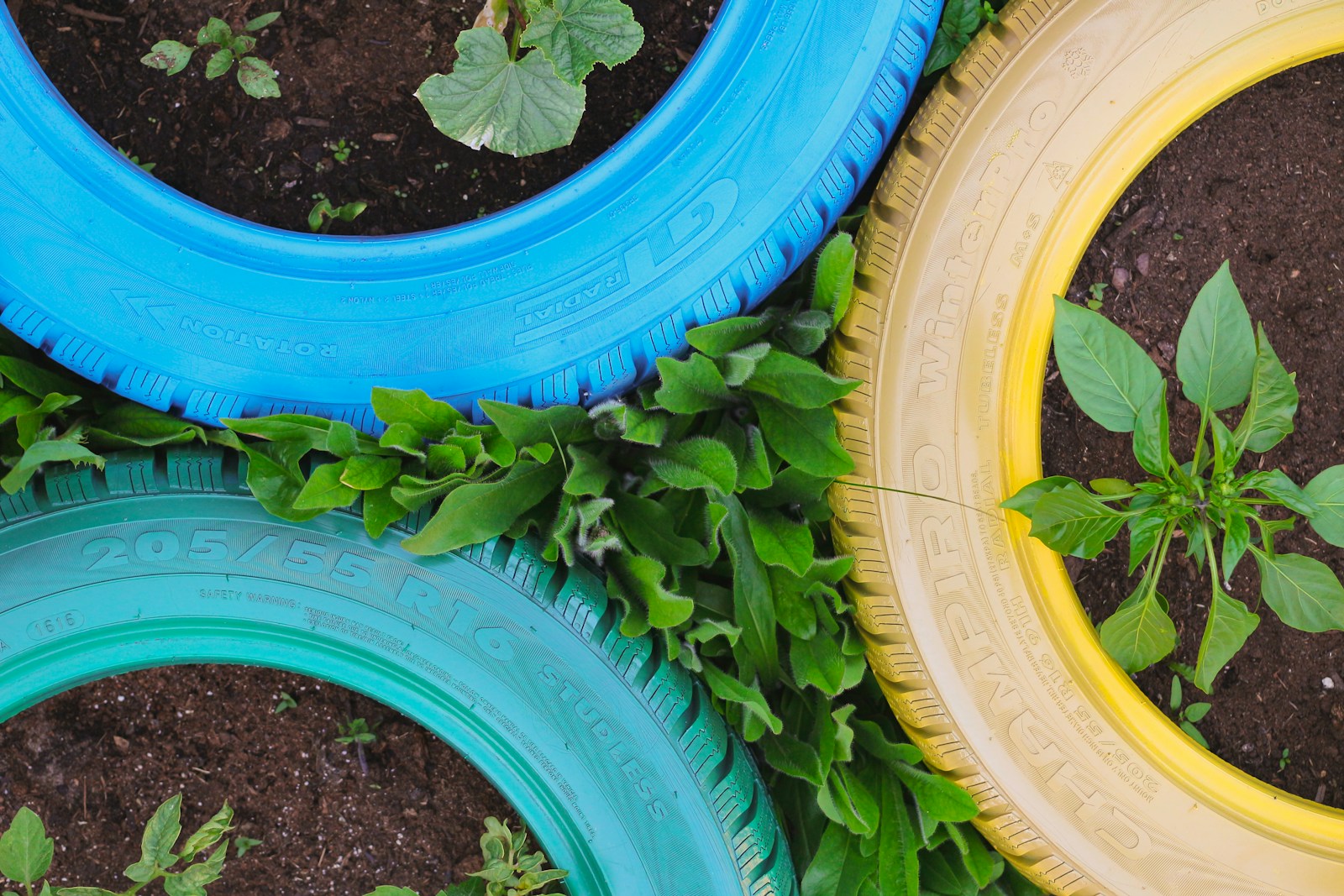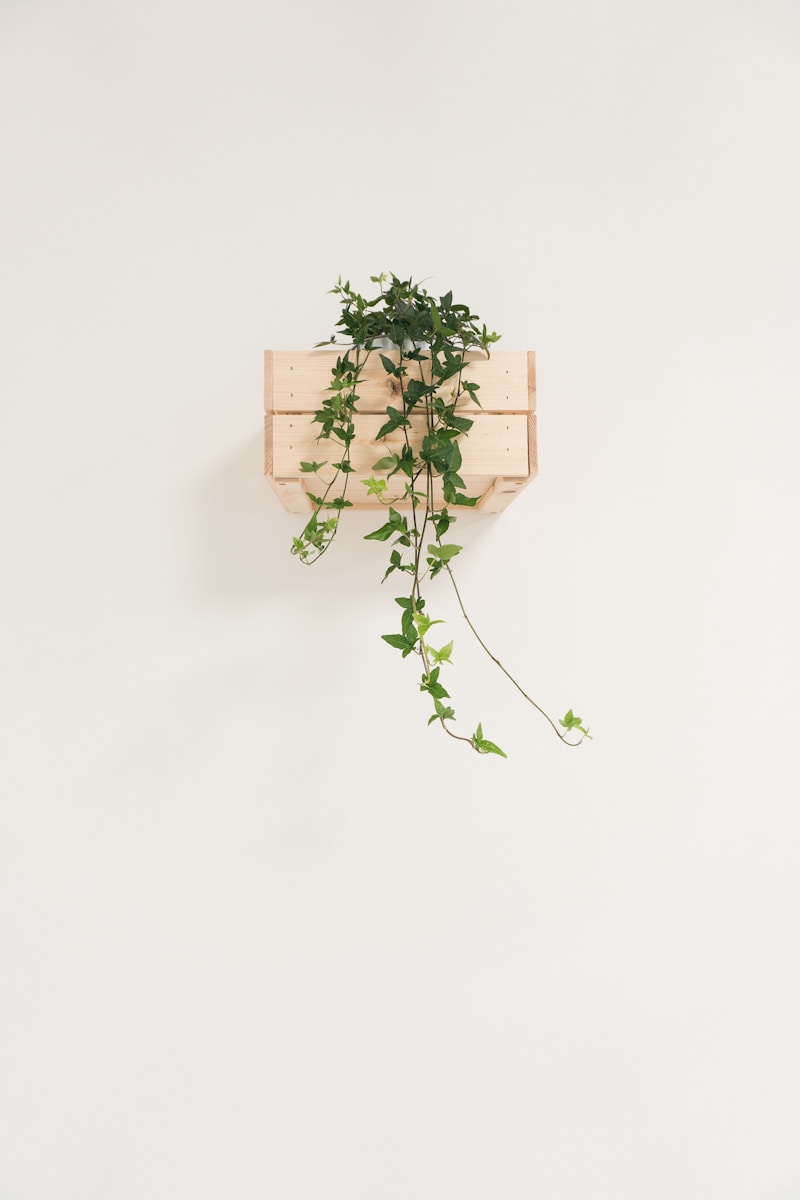Must-Have Tools Every DIY Beginner Should Own
Measuring Tape: The Foundation of Precision
No DIY project starts without accurate measurements, making a measuring tape an essential in any beginner’s toolkit. Look for a 25-foot retractable tape with a locking mechanism and clear, easy-to-read markings in both metric and imperial units.
This tool is indispensable for home repairs, furniture assembly, and crafting alike. Use it to measure wall space, materials, or spacing for decor. Getting comfortable with your tape measure builds confidence in planning and reduces errors down the road—especially in projects where precision is key.
Hammer: Simple, Strong, and Versatile
A claw hammer is one of the most versatile DIY beginner tools you can own. It’s perfect for driving nails, removing fasteners, and even making small demolition jobs easier. Choose one with a comfortable, non-slip grip and balanced weight for extended use.
From hanging wall art to assembling frames, your hammer will quickly become a go-to tool. It’s ideal for small projects but also scales up as your skills grow. Investing in a high-quality hammer ensures durability, better control, and fewer hand blisters over time.
Screwdriver Set: Your Go-To for Tightening and Assembly
No toolbox is complete without a solid set of screwdrivers. At minimum, you’ll need both flat-head and Phillips-head drivers in various sizes. Magnetic tips and ergonomic handles are major pluses for ease of use and improved accuracy.
Screwdrivers are vital DIY beginner tools because they’re used for almost everything—assembling furniture, opening battery compartments, tightening cabinet hardware, or installing light switch plates. A quality set will serve you well across dozens of tasks, big and small, with no batteries or cords required.
Utility Knife: Clean Cuts with Minimal Effort
Utility knives are invaluable for cutting through cardboard, plastic, drywall, rope, and more. A retractable model with replaceable blades ensures safety and longevity. Look for one with a strong grip and quick-change mechanism to make your workflow smoother.
DIY beginners use utility knives to open boxes, score materials, and trim edges. They provide clean, controlled cuts and are often safer than scissors for thicker materials. Always use with a cutting mat or safe surface, and store it locked when not in use.
Level: Keep It Straight Every Time
Whether you’re hanging art, installing shelves, or aligning tile, a level is one of the most important DIY beginner tools to ensure straight, balanced results. A 24-inch bubble level works well for most household tasks, though smaller torpedo levels are handy for tight spaces.
Using a level improves both function and aesthetics by preventing crooked installations. Digital and laser options are available but starting with a manual bubble level is affordable, reliable, and easy to learn. It’s a simple tool that saves countless headaches later.
Power Drill: The Ultimate Time-Saver
A cordless power drill is one of the most empowering DIY beginner tools you can own. It speeds up everything from assembling furniture to hanging shelves and even drilling into wood, plastic, or drywall. Choose a model with variable speed, a keyless chuck, and a reliable battery.
Look for a starter kit that includes drill bits and screwdriver attachments. Learning how to use a drill properly opens the door to many more projects and lets you work more efficiently. It’s a foundational tool that will serve you for years.
Pliers: Grip, Pull, and Cut with Precision
Pliers are essential for gripping, bending, twisting, or cutting wire and small hardware. For a DIY beginner, a set that includes needle-nose, slip-joint, and wire-cutting pliers offers great versatility. Look for insulated handles and rust-resistant coatings for better durability.
Whether you’re installing light fixtures, fixing jewelry, or pulling nails, pliers provide the control and force needed for delicate or detailed work. They’re compact yet powerful tools that are handy in almost every household repair or creative project.
Adjustable Wrench: The Solution for Loose Bolts
An adjustable wrench helps you tighten or loosen nuts and bolts of various sizes, making it one of the top DIY beginner tools for plumbing, furniture assembly, or mechanical repairs. Look for one with a smooth jaw mechanism and a comfortable grip.
Use it on bathroom fixtures, bike repairs, or anything that doesn’t require a fixed wrench set. It’s a versatile tool that adjusts on the fly, making it an efficient solution when you’re still building out your toolkit and don’t yet own a full wrench set.
Stud Finder: A Wall-Saving Essential
Hanging shelves, mirrors, or heavy artwork? You’ll want a stud finder to detect the wooden beams behind drywall, ensuring your screws and nails hold strong. This small but mighty tool helps prevent unnecessary holes and failed installations.
Electronic models with edge and center detection are ideal for DIY beginners. Knowing where to drill protects your walls and supports your work. This tool builds confidence and increases the success of any wall-mounted project.
Safety Gear: Protecting Yourself Comes First
Every DIY beginner toolkit should include safety gear. At minimum, have safety goggles, a dust mask, ear protection, and work gloves. These tools may not be glamorous, but they are essential for injury prevention and overall project safety.
Using the proper protection not only keeps you safe but also encourages good habits as you progress to more advanced tasks. Safety gear allows you to focus fully on your work—whether you’re cutting, drilling, sanding, or painting—without worry.
Allen Wrenches: Compact and Critical
Allen wrenches, also known as hex keys, are often used for furniture assembly, bike repairs, and appliances. Many flat-pack furniture kits include a small one, but owning a full set in both metric and standard sizes makes your toolkit far more flexible.
These compact DIY beginner tools take up little space but deliver big utility. Choose a folding set or one with color-coded handles for easy organization. You’ll be surprised how often they’re needed—especially for hidden screws and recessed bolts in modern furniture and fixtures.
Staple Gun: Quick and Reliable Fastening
A staple gun is incredibly useful for upholstery, crafts, and securing materials like insulation or fabric to wood. Manual models are great for beginners, while electric ones offer more speed and ease for repetitive tasks.
This tool allows for tight, secure fastening with minimal effort, making it a favorite among crafters and DIY home improvers alike. It’s one of those DIY beginner tools you don’t realize you need until a project calls for precision fastening in a pinch.
Painter’s Tape: Clean Lines and More
Painters swear by it, and for good reason—painter’s tape creates crisp lines on walls, furniture, and other surfaces. But it’s also great for labeling, marking measurements, and holding parts in place temporarily during dry fits.
This versatile roll is a low-cost, high-value item in any DIY beginner’s toolkit. It helps keep projects clean and organized while reducing cleanup and rework. Stock up on various widths so you’re ready for anything from wall trims to detail stenciling.
Clamps: A Second Set of Hands
Whether you’re gluing wood, cutting materials, or assembling parts, clamps are an essential helping hand. Start with a couple of trigger clamps and C-clamps to hold items steady while you work.
Clamps ensure safety and precision, keeping your hands free for measuring, drilling, or nailing. They’re critical for DIY beginner tools because they improve the quality and accuracy of any project while preventing slips and mishaps.
Toolbox or Tool Organizer: Keep It All Together
A reliable toolbox or storage organizer isn’t just for neatness—it’s essential for efficiency and mobility. Choose one with compartments for small hardware, a solid handle, and room to grow as your tool collection expands.
This final piece ties all your DIY beginner tools together, ensuring you can find what you need, when you need it. Whether you’re working in a garage, on a patio, or in a small apartment, staying organized sets the tone for productive and enjoyable DIY experiences.
Frequently Asked Questions
What are the most essential tools for DIY beginners?
The most essential DIY beginner tools include a measuring tape, hammer, screwdriver set, utility knife, level, and cordless drill. These core items support a wide range of basic home tasks like hanging shelves, assembling furniture, or making minor repairs. Adding pliers, an adjustable wrench, and a stud finder expands your capability. Safety gear like gloves and goggles is also crucial. With these foundational tools, beginners can confidently take on small projects while learning key skills that pave the way for more complex DIY work.
How can I build a tool kit on a budget?
Start by purchasing a basic DIY tool set, which often includes screwdrivers, a hammer, pliers, and a measuring tape. Then, slowly add other essentials like a cordless drill, utility knife, and level. Shop during seasonal sales, or check local marketplaces for lightly used tools. Prioritize quality over quantity—buying fewer, durable tools is better than a large set that breaks easily. As your skills grow, invest in specialized items as needed. Building your DIY beginner tools over time allows you to stay on budget without sacrificing function.
Are power tools necessary for beginners?
While not mandatory, power tools like a cordless drill or electric sander can significantly improve efficiency and precision. For most beginners, a drill is the best first power tool—it handles drilling, driving screws, and basic woodworking. As projects grow, tools like jigsaws, circular saws, or multi-tools can be added. Start with manual tools to develop your technique, then introduce power tools as you feel comfortable. Always read instructions, use safety gear, and practice on scrap materials to build confidence with power tools.
How do I safely store DIY beginner tools?
Store tools in a sturdy toolbox or organizer with designated compartments for each item. Keep sharp or heavy tools secure and out of reach of children. Label drawers or bins for quick access, and avoid storing tools in damp or unventilated spaces, which can cause rust. Wall-mounted pegboards, rolling carts, or compact organizers are excellent for small spaces. Regularly clean and dry tools after use, and inspect them for wear. Proper storage keeps your DIY beginner tools in good condition and ensures a safer, more productive workspace.
Can I use household items instead of buying tools?
In some cases, yes. A butter knife can temporarily stand in for a flat-head screwdriver, or heavy books can be used instead of clamps. However, makeshift tools often lack precision and can be unsafe. Investing in the right DIY beginner tools ensures efficiency, accuracy, and safety. Proper tools also prevent damage to materials or injury. While it’s fine to improvise in a pinch, having the correct tools from the start sets the foundation for successful and enjoyable DIY experiences in the long run.
© 2025 GardeningandDecor.com. All rights reserved.



